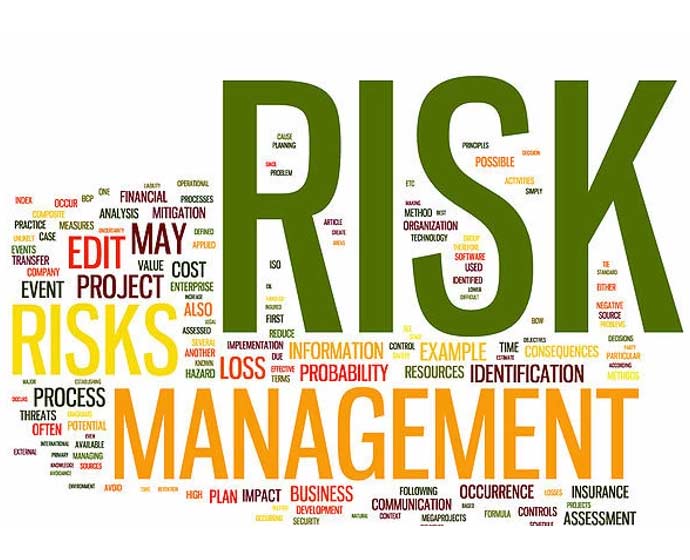
COAG agreed to work together to reduce regulatory and bureaucratic barriers across the federation so that businesses can grow and create more jobs. Leaders committed to improving the design and efficiency of business regulation to support jobs and investment in the interests of the community.
The Commonwealth’s Deregulation Task Force will work with state, territory and local governments, and businesses themselves, to identify and address the most significant regulatory barriers to investment for selected industries.
A famous quote by the Honourable Michaelia Cash, from a recent Business Leader Summit organised by Australia’s largest business network – the Australian Chamber of Commerce and Industry was “I say this unashamedly…We will ensure we deliver to you a VET system that has industry at the heart. Because if the industry is not at the heart of VET in Australia we are not as a Government delivering to you the skills you so desperately need”
Stakeholders in Australia’s vocational education and training (VET) sector are expecting to see a number of critical improvements from the new Deregulation Task Force and national regulator implement initiatives aimed at slashing red tape. The main areas where we would like to see improvement are:
-
a delegated regulatory authority to reward high-performing RTOs
-
automatic updating of equivalent training package qualification without the need to apply to the Australian Skills Quality Authority (ASQA) and pay a fee
-
a freeze in fees and charges, and
-
enhanced guidance and information on how to comply with the required Standards.
These are the same items discussed and agreed upon in late 2015 by the Hon Luke Hartsuyker MP, Minister for Vocational Education and Skills .
We are expecting the Commonwealth’s Deregulation Task Force to be focussed on:
-
the effect of red tape on the economy and community, and how it impacts on private and public education
-
the effect of restrictions and prohibitions on business, on the economy and on the community
-
If ASQA is operating fairly, effectively and efficiently
The purpose of the Regulator Performance Framework (RPF) is to encourage regulators to undertake their functions with the minimum impact necessary to achieve the regulatory objectives, and to report objectively on the outcomes of their efforts to administer regulation fairly, effectively and efficiently.
In meeting this purpose, the Regulator Performance Framework established six outcomes-based key performance indicators articulating the Government’s overarching expectations of regulator performance, of which the Australian Skills Quality Authority is required to report and measure itself against, being:
-
KPI 1: Regulators do not unnecessarily impede the efficient operation of regulated entities
-
KPI 2: Communication with regulated entities is clear, targeted and effective
-
KPI 3: Actions undertaken by regulators are proportionate to the regulatory risk being managed
-
KPI 4: Compliance and monitoring approaches are streamlined and co-ordinated
-
KPI 5: Regulators are open and transparent in their dealings with regulated entities
-
KPI 6: Regulators actively contribute to the continuous improvement of regulatory frameworks
Australian Skills Quality Authority or any other VET regulatory body must work on the model of promoting and encouraging continuous improvement of Registered Training Organisations. Quality, industry-focussed, student-centred training should be the main focus of the national regulator.


